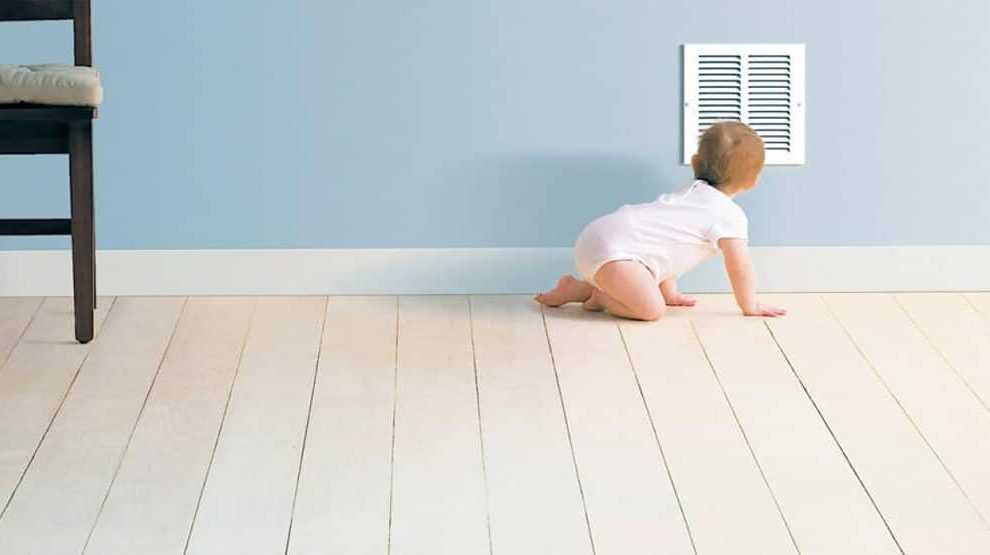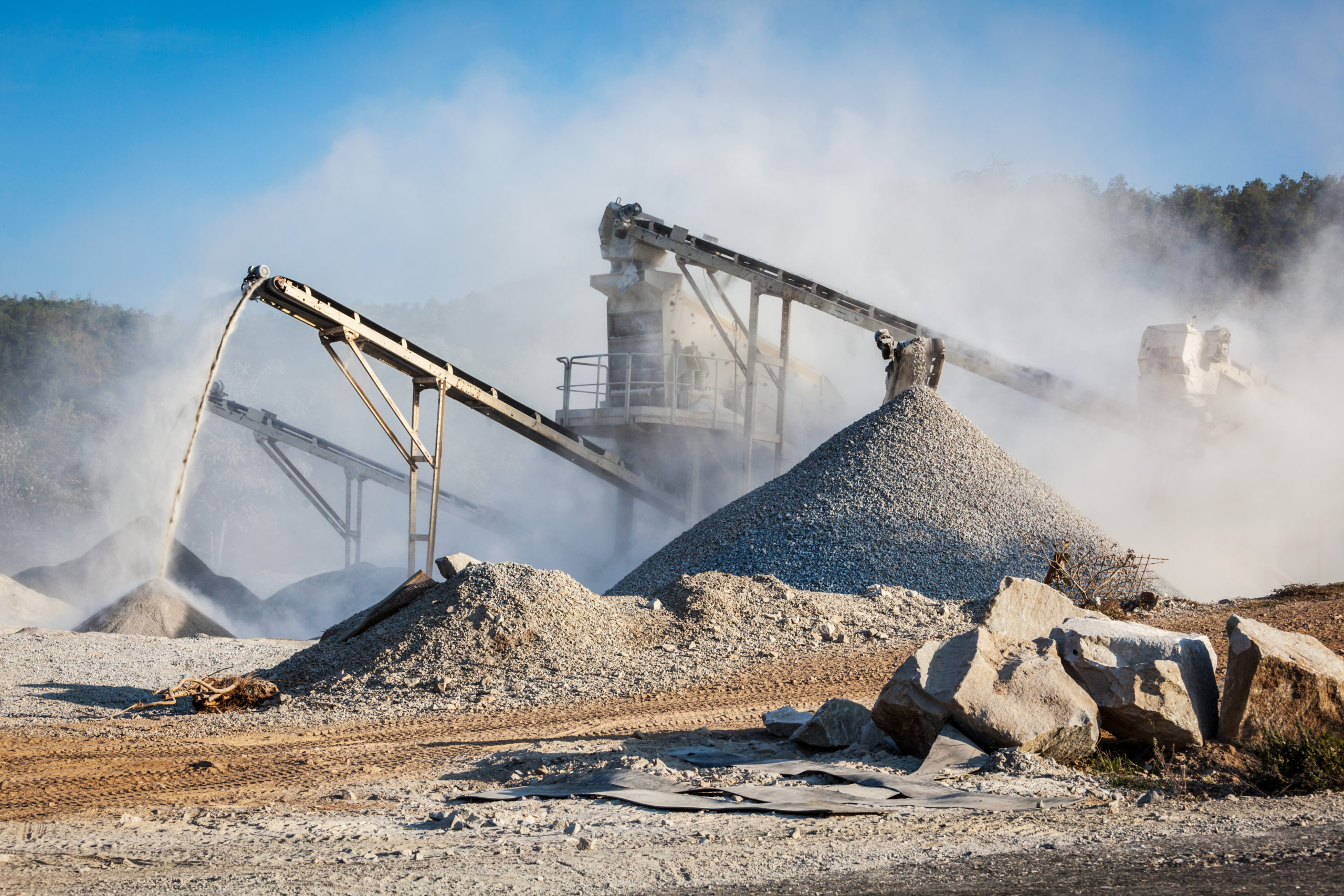Have you ever paid attention to “Air Quality”? Well, when it comes to air quality, most of us think of air pollution, car emissions, and smog. But, that isn’t all, it’s just a part of it, air quality can be broadly classified into indoor and outdoor, and “Indoor Air” can be deadlier than the outdoor air. According to a study published in the journal Science of the Total Environment, fungal spores, chemicals used in certain paints, smoke, varnishes, and cleaners have harmful to human health, and up till now, indoor air quality is less understood as the outdoor pollution.
What is Indoor Air Quality?
Basically, it refers to the air quality inside and around the buildings and structures. While people are more concerned about outside pollution, today examining your indoor air quality is even more important as it directly relates to the health and comfort of the building inhabitants.
Indoor Air Can Be Significantly More Dangerous
Even today, millions of people in our country prepare their meals using traditional cooking methods on an open fire with wood, coal, charcoal, cow dung and crop wastes on open fires. These inefficient practices increase the total amount of air pollutants inside the house and can lead to serious health issues.
The actual health effects of indoor air toxins or pollutants can be experienced soon after exposure or, conceivably, years later. According to World Health Organisation (WHO), every year around 4.3 million people die from the exposure to domestic air pollution. It is important to understand and control common Indoor air toxins or pollutants to reduce the risk of indoor health concerns.
Let’s Know The Common Indoor Air Toxins
“People living and working in buildings of manmade materials inhale over 300 contaminants every day” says the Environmental Protection Agency. Worries about these pollutants arise from the hypothesis that, when mixed, the poisonousness of hundreds of different chemicals can “add up” to produce major health dangers. Let’s understand the common air toxins tampering Indoor Air Quality.
1. Formaldehyde (CH2O)
CH2O is commonly found in products like carpets, wallpaper, furniture, facial tissues, and cardboard. It is also very commonly used in few plastics, paints, varnishes, fabric softeners, cosmetics (like nail polish) and dishwashing liquids. Formaldehyde has been connected to a number of health issues, people who are exposed to this toxin for long periods are more exposed to experience asthma-related respiratory symptoms, like coughing and wheezing. Also, higher expanses can cause cancer of the nasal cavity.
2. Trichloroethylene (TCE)
Trichloroethylene is another very common indoor air pollutant that is released from dry cleaning, adhesives, paints, pesticides and the ink in copy machines, faxes, and printers. Limited exposure to TCE can cause irritation of the throat and nose and throat and also in the depression of the central nervous system. However, higher exposures can cause unconsciousness, reduced eyesight, numbness and facial pain, heart abnormalities and even cause death.
3. Volatile Organic Compounds (VOC’s)
VOCs are emitted as gases from certain liquids or solids, they include a variety of chemicals which are known to have short and long-term negative health effects. VOCs are found in all types of petroleum products; but it also has other sources like paint, flooring adhesives, aerosol sprays, hobby supplies, wall materials, furniture, electronic equipment, home cleaning agents, cigarette smoke, and even air fresheners. Negative effects of VOCs are well documented, the most common ones are:
- Eye, nose and throat irritation
- Headaches and nausea
- loss of coordination
- Kidney, liver, and central nervous system damages
- Some organics are suspected to cause cancer
4. Carbon monoxide (CO)
Co is a very dangerous gas that is produced from gas stoves, appliances, heaters and open fires. It also exists in high concentrations in vehicle exhaust and cigarette smoke. Low contact to Co can cause dizziness and headaches and high exposure can lead to death as CO restricts the delivery of oxygen to the body’s cells.
5. Benzene (C6H6), Toluene (C7H8) and Xylene (C8H10)
Benzene, Toluene, and Xylene are commonly used as solvents and found in the vapour of products like oils, gasoline, paints, inks, glues, rubber and plastics. These toxins also enter into the composition of explosives, foams, pharmaceuticals, dyes, and detergents. They are popular to be eye and skin irritants and are also linked to human leukemia.
How Green Walls Can Help


So how does this all connect to green walls, you may ask? With respect to human health, it has been studied that harmful chemical substances in the indoor air, such as dust and mould spores, high levels of carbon dioxide, can lead to long term health hitches. Research of materials and their impacts on indoor air quality has shown that Clay bricks and blocks are one of the few man-made building materials whose mineral properties meet ‘all necessary requirements for healthy living’.
Since we spent close to 90% of our time indoors. Due to increasingly tight building envelopes, which stop air from entering the interior through leaking windows and are thus enhancing the energy efficiency of a building but also affecting the indoor climate, the importance of selecting the right building material becomes imperative. Natural building materials like Clay, ideally incorporates sustainable design practices to integrate the building into its immediate environment. Choosing building materials right for your climate is also important.
Porotherm Bricks are pollutant-free, and a Green building material certified by international environment authorities GRIHA & IGBC. They are a permeable building material, which allows better air circulation and provides for healthy indoor air quality.
Read More: How Do You Benefit From Having Porotherm Walls?
Final Thoughts
Choosing the right building and having more planted walls can go long way in enhancing Indoor Air Quality. Make sure you make the right choices. To know more visit https://wienerberger.in.
Curated by editor at Wienerberger India
Like this story? Or have something to share? Write to us: gosmartbricks@gmail.com or connect with us on Facebook and Twitter.












